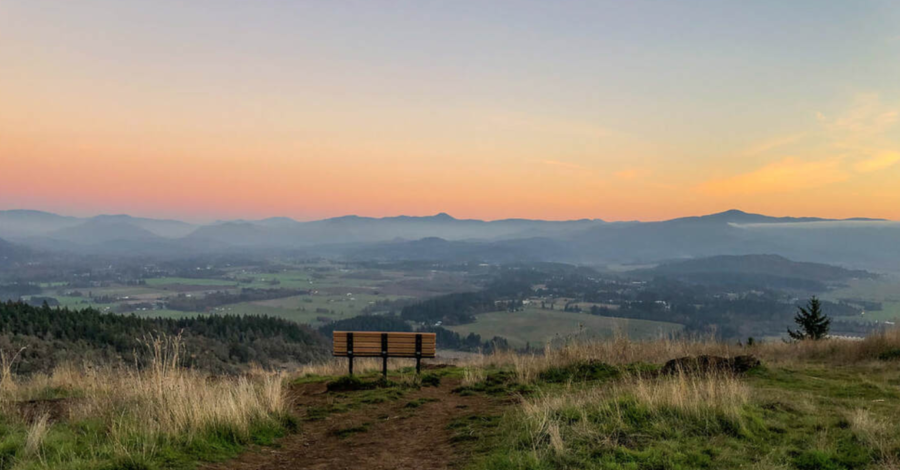Governor Jay Inslee this week sent a letter to President Biden asking for a major disaster declaration and federal assistance to help survivors recover from damages incurred by wildfires in Spokane County from August 18 to 25. During that week, the Wanes Gray and Oregon Road fires killed two people and destroyed more homes than any other fire in state history.

KREM-2 reported that the Gray Fire started August 18 near Gray Road in Medical Lake and quickly spread to the east and southeast through town and across I-90. The fire (also known as the Wanes Gray Fire) caused a town-wide evacuation for Medical Lake and multiple surrounding areas.

Spokane Public Radio reported that Inslee said Spokane County’s population has an average lower income and higher unemployment rate than state averages. He said the damage has overwhelmed state and local resources, and asked the president to make financial assistance for wildfire survivors available through FEMA’s Individual Assistance program. Financial assistance and direct services would be available to eligible individuals and households who had uninsured or underinsured necessary expenses and serious needs.

Inslee also requested the U.S. Army Corps of Engineers and the Environmental Protection Agency assist with debris management and disposal to reduce negative effects on local waterways.
Inslee earlier made available $2.5 million from his office’s emergency assistance fund to help with individual assistance as well as testing and removal of debris for uninsured homeowners affected by the fires. Additional funds will also be available for debris removal from state Department of Commerce emergency response funds.
Read the letter [PDF] here.









